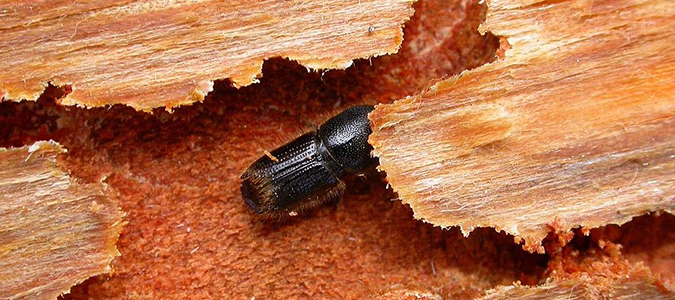Home Invaders: Which Species of Roaches Infest the Indoors?
The hot, humid environment in Texas provides an ideal breeding ground for many insect species, including one of the most hated pests, the cockroach. Several roach species live primarily outdoors and go unnoticed due to their nocturnal habits. Still, some creepy insects enter the home and establish populations within walls or other dark hiding spots. Pest control in Houston is essential for residents to eliminate and control these bugs that harbor inside buildings.
Common Roach Species in Houston
German cockroaches are the small species that cause the most problems indoors. Due to their ability to eat anything, hide in tiny crevices, and breed rapidly, Houston pest control companies utilize several tactics to eliminate these insects. German roaches live exclusively indoors, contributing to germ distribution, allergies, and asthma. American cockroaches are startling when spotted because of their large size. Living both inside homes and outdoors, they are the most common species in Houston. … Read Full Post »
